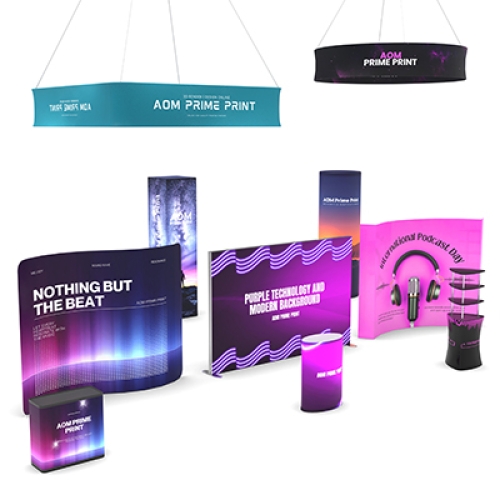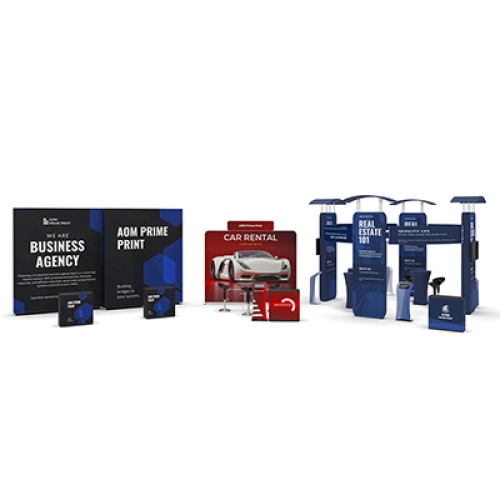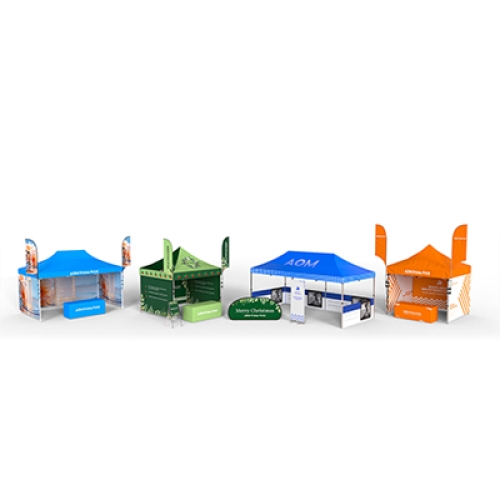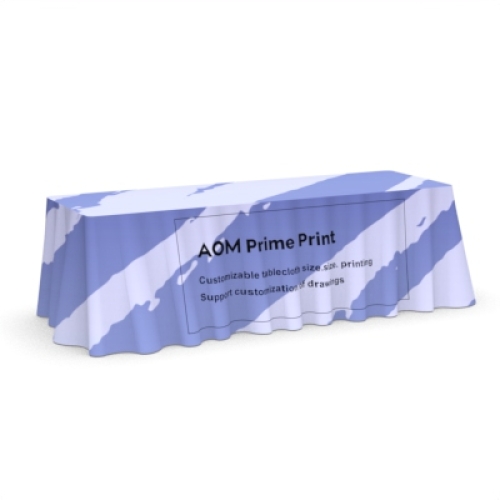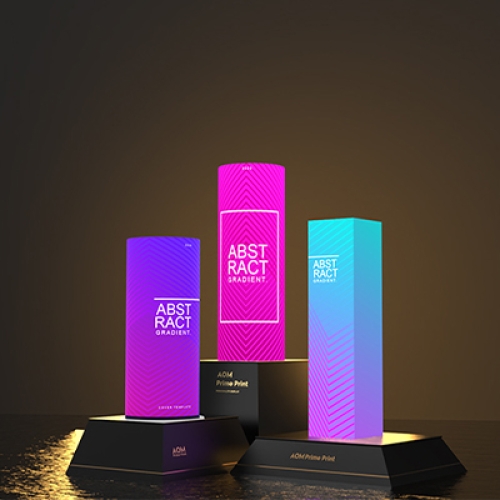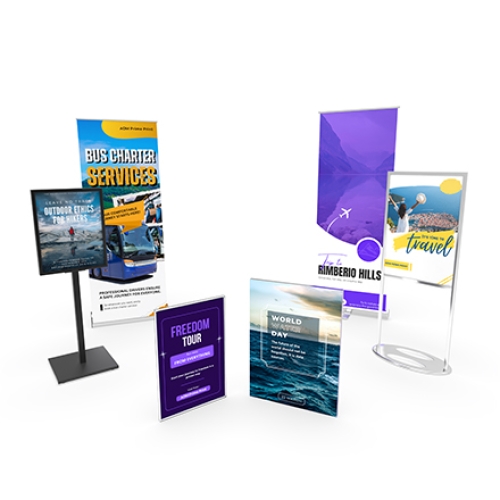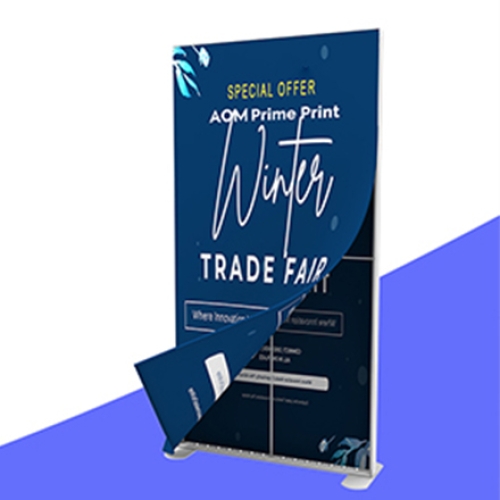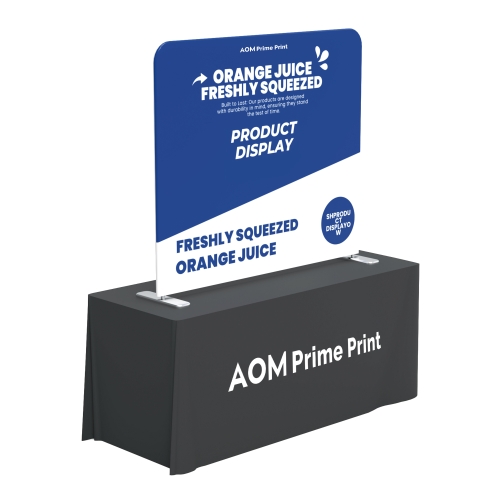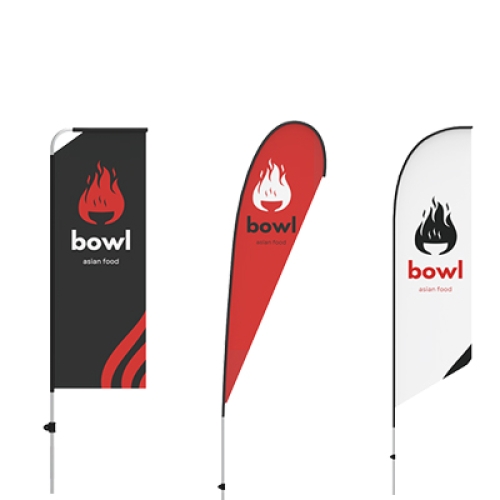Why Planning for Trade Shows Months in Advance Sets You Up for Success in 2025
January 7th 2025
The 2025 trade show season is fast approaching, and businesses that plan early will be in a much stronger position to maximize their impact. Trade shows are more than just booths on a convention floor—they're an opportunity to engage with industry leaders, showcase innovations, and build lasting relationships. To get the best results from these events, early preparation is key. Here’s why you should start planning for your trade show presence months ahead of time.
1. Secure Prime Booth Locations
When it comes to trade shows, your booth location is one of the most crucial factors in attracting attention. The best spots—those with high traffic, close to entrances, or near key industry figures—are often booked well in advance. By starting your planning process early, you not only ensure a prime location but also give yourself more time to assess and choose the best space for your goals.
Early booking provides the opportunity to analyze the floor plan, understand the traffic flow, and position your booth in a way that maximizes visibility. Additionally, by securing your spot early, you can avoid the stress of last-minute decisions and ensure you get a booth that fits your marketing strategy.
When selecting your booth, consider its size, proximity to other key exhibitors, and the general layout of the event. Strategic booth placement can significantly enhance your ability to engage the right audience and increase your trade show success.
2. Design and Build an Impactful Booth
A well-designed trade show booth can set you apart from the competition. Creating an eye-catching, functional booth takes time—time to brainstorm, design, and refine. Most businesses begin the booth design process at least six months before the event to ensure that everything is ready to go on time.
Planning ahead also allows for flexibility in case there are any design tweaks or fabrication delays. The key is to ensure your booth tells a compelling story about your brand and resonates with your target audience. Here are some elements to keep in mind:
-
Brand Identity: Your booth should communicate your company’s values, message, and aesthetic. Consistency in your booth design helps reinforce your brand presence.
-
Interactive Features: To engage attendees, include interactive elements like product demos, touchscreens, or immersive experiences. These features help create memorable interactions.
-
Sustainability: Eco-friendly booth designs are becoming increasingly important to consumers. If possible, consider using sustainable materials or energy-efficient lighting to reflect your brand’s commitment to sustainability.
-
Logistics: Early planning means you have time to work with vendors, manufacturers, and suppliers to ensure your booth is constructed and delivered on time.
By starting the booth design process early, you ensure that your booth not only attracts attention but also provides an excellent visitor experience.
3. Plan Comprehensive Marketing Campaigns
Trade shows don’t just sell themselves—they require a well-thought-out marketing strategy before, during, and after the event. Starting your marketing campaign months in advance allows you to create a buzz, draw attendees to your booth, and follow up with leads effectively.
Pre-Show Marketing
The earlier you start marketing, the more opportunities you have to drive traffic to your booth. Here are some strategies to consider:
-
Email Campaigns: Send personalized invitations to key prospects and customers, highlighting why they should visit your booth.
-
Social Media Campaigns: Build anticipation by posting teasers, sneak peeks of new products, or countdowns to the event.
-
Press Releases: Announce your participation and any major product launches or exciting announcements.
-
Targeted Ads: Invest in paid digital ads to reach your target audience and encourage them to stop by your booth.
At-Show Marketing
During the event, your focus shifts to engagement. How do you keep visitors engaged with your brand once they’re at your booth? Here are a few ideas:
-
Live Demos: Product demonstrations, live presentations, or expert talks can draw crowds and engage attendees.
-
Contests and Giveaways: Hosting a fun contest or offering valuable prizes can encourage people to visit your booth and stay longer.
-
Social Media Coverage: Share live updates, behind-the-scenes content, and videos to keep your audience engaged online and drive real-time traffic to your booth.
-
Interactive Technologies: Incorporating virtual reality (VR) or augmented reality (AR) features can create a memorable experience and help you stand out.
Post-Show Marketing
The work doesn’t stop once the trade show ends. To capitalize on the leads and insights gathered at the event, a solid post-show marketing strategy is critical:
-
Follow-Up Emails: Send personalized thank-you notes to everyone who visited your booth and follow up with relevant offers or information.
-
Blog Posts and Content: Write blog posts or create videos summarizing the event, highlighting key takeaways, or providing solutions to common pain points discussed at the show.
-
Lead Nurturing: Use the information collected from leads to send tailored messages that help guide prospects down the sales funnel.
-
Evaluate Your ROI: Take a close look at your trade show performance—what went well, what didn’t, and what could be improved for next time.
An integrated marketing approach helps maximize the value of your trade show participation, allowing you to engage before, during, and after the event.
4. Leverage Technology for Better Results
Today’s trade shows offer a wealth of tools and technologies that can help improve your performance and measure success. From lead tracking apps to virtual event platforms, integrating technology into your trade show strategy is essential.
-
Event Apps: Many trade shows offer mobile apps that can help you schedule meetings, network with other attendees, and keep track of key information during the event.
-
Lead Capture Software: Instead of relying on paper forms, use digital tools to capture attendee information and track interactions more efficiently.
-
Analytics Tools: Use data from social media, website traffic, and lead generation to evaluate your trade show performance and refine your approach for future events.
By leveraging technology, you gain valuable insights that help you optimize your trade show experience and ensure that you're making data-driven decisions.
Conclusion: Start Planning Early for Maximum Success
Trade shows are a powerful way to connect with prospects, build brand awareness, and showcase your products. But to get the most out of these events, preparation is essential. By securing your booth early, designing an engaging booth, and executing a comprehensive marketing strategy, you’ll set yourself up for success. And by using the latest technologies to track results, you can continuously refine your approach and stay ahead of the competition.
In the fast-paced world of trade shows, the companies that plan months in advance are the ones that ultimately reap the greatest rewards. Don't wait until the last minute—start your preparations today for a successful trade show season in 2025.

